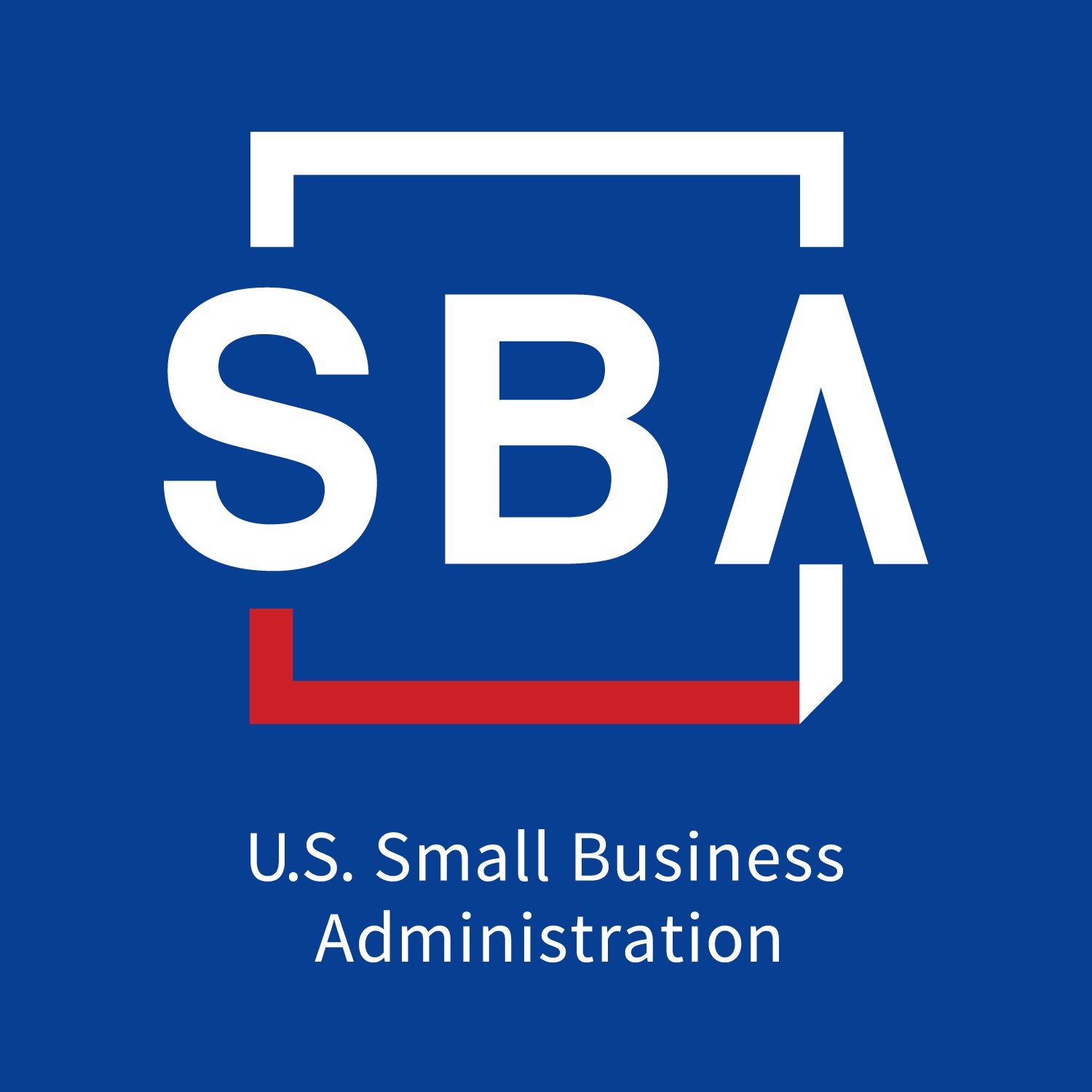If you’re not currently thinking about selling your business, you might assume that assigning a financial value to your company isn’t necessary. However, it’s still prudent to ask yourself how much is my business worth? since there are plenty of other reasons to learn best practices for valuing your business, and maybe even to conduct an actual valuation. These reasons include applying for a small business loan, setting up an ESOP, trying to find investors, or simply understanding your business and its growth trajectory.
Valuation 101
There are a variety of factors that go into calculating the valuation of a company, and these can be subjective depending on who is doing the evaluating and what weight they are giving to each factor. However, the factors themselves are somewhat objective and are helpful to understand before embarking on the small business valuation process.
Seller’s discretionary earnings (SDE):
SDE is a common way to measure the earnings of a small business. Buyers often look at this number as the total financial upside that a single owner would earn annually. The number is calculated by taking the business’s pre-tax net income, then adding in the owner’s salary plus all discretionary expenses (everything from meals to vehicles reported as business expenses), including non-recurring and personal expenses. Depreciation and amortization are also included in an SDE calculation, along with any interest expenses.
The final number can give owners and potential buyers a more accurate assessment of earnings potential and valuation. However, SDE doesn’t wholy or accurately measure cash flow and also doesn’t take into account taxes, working capital, and other expenses.
Earnings before interest, taxes, depreciation, and amortization (EBITDA)
EBITDA provides an indication of a company’s operational profitability, though it’s important to remember that it’s only a snapshot of a narrow slice of a business’s health. It can be helpful to have a metric that excludes interest, taxes, depreciation, and amortization as a point of comparison when evaluating more than one business’s value, especially if they’re in the same industry. EBITDA is a primary metric that lenders use to decide whether a given business is a good candidate for a loan; this is directly related to the company’s ability to expand and grow.
Tangible vs. intangible assets
Assets are things of value to a business that represent one measure of what that business is worth. Tangible assets are often physical, and they are always measurable. They include things like office real estate and the furniture that is in those offices. Intangible assets are non-physical and can be subjective when it comes to applying a quantitative value. Examples might include name brand value, an established and loyal customer base, email lists, and trademarks.
Comparable businesses (comps)
Though somewhat subjective, comparables are an important factor when valuing a small business. The approach involves comparing a given business to other businesses that are similar in industry, market, size, revenue, and profitability. It’s also helpful to look at what similar businesses have sold for, but timing is important here; you want to look at recent sales or listings, as opposed to comparing a business today with one that was sold a few years ago.
The more granular you can get in terms of similarity, the better. For example, comparing a business on a main thoroughfare with many pedestrians to a business that is in a less populated area is going to affect the accuracy of the comparison, especially if the latter business can easily be moved to a more highly trafficked street.
How to Value a Small Business
There are many ways to value a business, some of which are more accurate than others and vary depending on market conditions and industry.
Multiples method
Possibly the simplest method, a multiples approach can take into account a multiple of business earnings, a multiple of EBITDA, a multiple of SDE – or some combination of all three. The value is calculated by multiplying these figures by an industry-specific multiple.
Income-based valuation
This method focuses primarily on income generated by the business at hand. The evaluation will often focus on Discounted Cash Flow (DCF), an analysis that estimates the value of a company based on future cash flow, adjusted to current value. This is done by forecasting cash flow for the next few years, then using a formula to calculate the present day value of those cash flows.
Because the value is heavily weighted on estimates of future cash flow, there is significant room for error. For more risk averse buyers, this method might be more suitable when assessing stable companies with predictable cash flows.
Market-based valuation
This method relies on assessing comparable businesses and recent sales of those companies, while taking into account current market forces. This method is especially helpful for hyperlocal businesses and companies in industries where there are many comparables to evaluate.
Assets-based valuation
This method focuses on a business’s total assets minus its total liabilities (adjusted net assets). For example, you might add up the value of equipment, inventory, and trademarks, then subtract debt, depreciation, etc. Finally, you adjust the number to fair market value. If an owner or buyer is looking to liquidate assets, they might focus more on the net cash that they would acquire if all assets were sold and liabilities were paid off.
It’s common (and advisable) to use more than one method to cross-check business valuations and get a more comprehensive view of a business’s appraisal.









